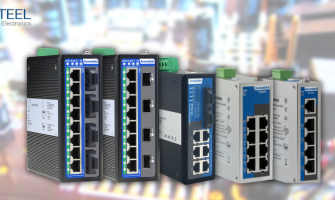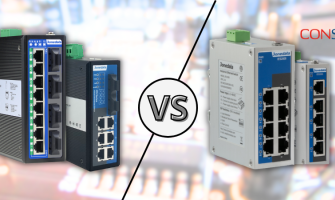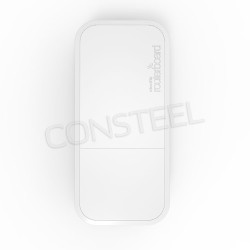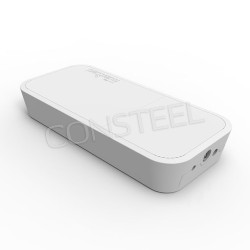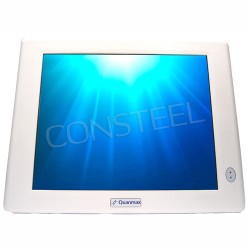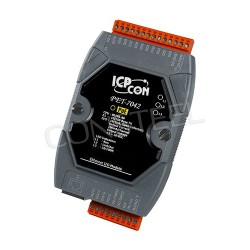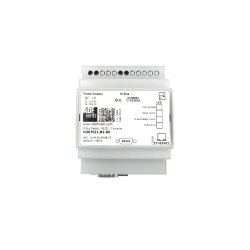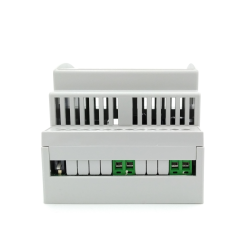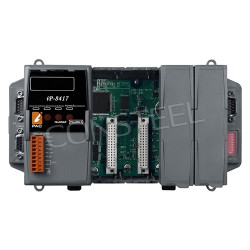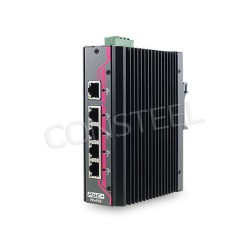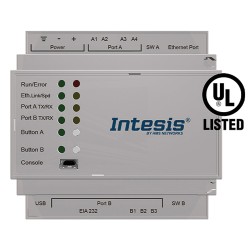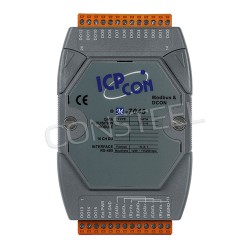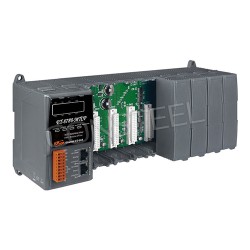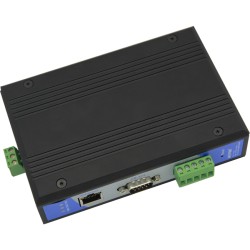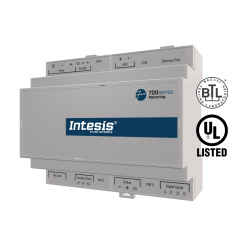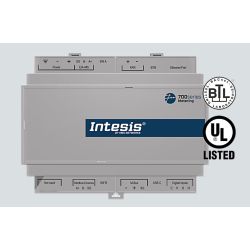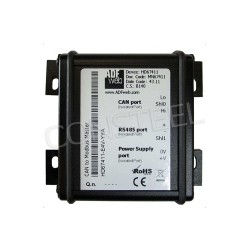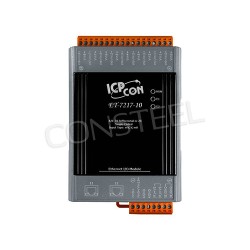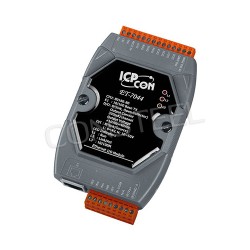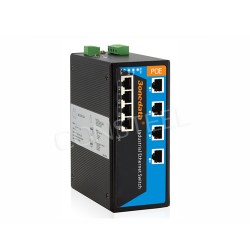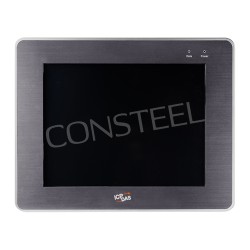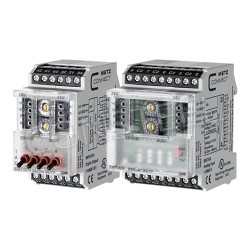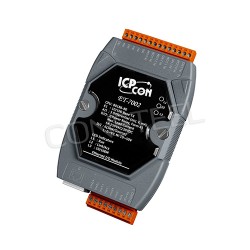Modbus gateways: connecting Modbus TCP and RTU devices
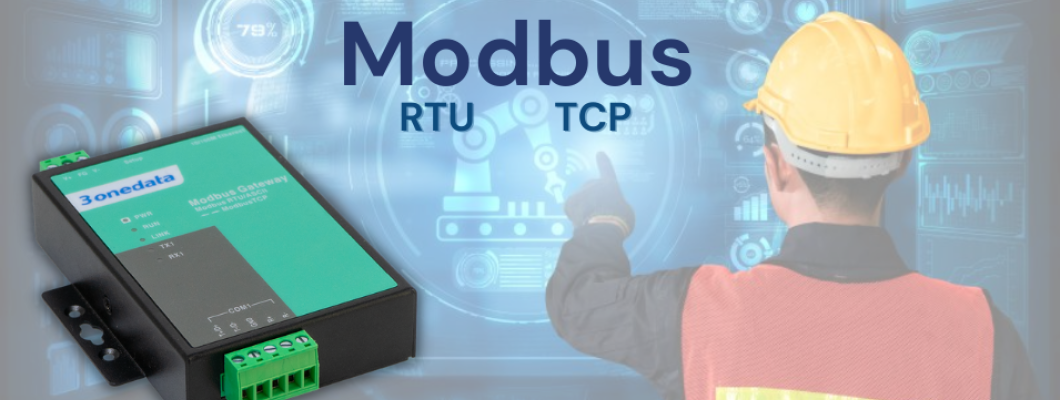
Modbus gateways: connecting Modbus TCP and RTU devices
Modbus Gateways is the ideal IoT solution for remote access and management of Modbus data via the cloud.
Companies around the world are realizing that digital transformation is the key to faster, automated and more efficient operations. Since Modbus is a widely used communication protocol in equipment and industrial environments, companies that want to integrate their processes with the latest technologies, pull data from their machines, equipment and systems, are looking to Modbus gateways to achieve this.
What is Modbus?
Modbus is a popular communication protocol or messaging structure widely used in industrial automation and control systems to transfer data between devices. The Modbus protocol allows devices in an industrial network, to exchange information with each other in a standardized format. It should also be noted that the Modbus protocol is independent of the underlying physical layer.
Why is Modbus so popular?
The popularity of Modbus can be summed up in a few words: simple, open, robust and flexible,
Examples of Modbus devices
Because of their popularity in the market, there are now hundreds of thousands of Modbus devices available. These can be simple things such as motor controllers that control a garage door, sensors or industrial components and machines such as:
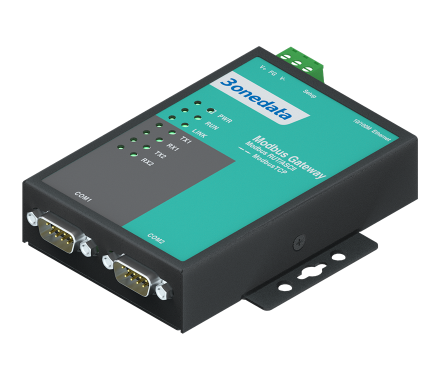
Is Modbus RTU the same as Modbus TCP?
The simple answer to this common question is: No. The Modbus RTUs are the same as Modbus TCP. Although they are related and have some similarities, the physical layer or interface is independent of the protocol and can therefore be different. In this case, one is RTU (Remote Terminal Unit) and the other is TCP (Transmission Control Protocol).
In Modbus RTU, the physical layer is a serial communication protocol that uses a binary representation of data. Although there are several standard transports, the most common are RS232 and RS485. RS232 is the predecessor to RS485, which was developed to allow longer distances, higher speeds and the ability to signal multiple devices. Modbus RTU uses a client-server architecture, where a single clinet device sends commands to one or more server devices, which respond with data. Modbus RTU is commonly supported by legacy devices and is used in industrial automation, building control systems and other applications requiring long-distance communication.
Modbus TCP (also known as Modbus IP and Modbus TCP/IP) uses a TCP/IP network for communication between Modbus devices. It is an extension of Modbus RTU, which is used by Ethernet or other IP-based networks. Modbus TCP is often used to connect Modbus devices over longer distances or to integrate Modbus networks with other types of networks. Unlike Modbus RTU, the more modern Modbus TCP allows for multiple clients (devices that initiate and control communication with servers) and has the ability to send parameters such as point name, resolution, units, etc. Modbus TCP is more common at the enterprise level, IoT applications or utility-scale applications where there are relatively newer devices that can connect to the network.
Because of its wide applicability and diversity of applications, Modbus is present in a wide variety of hardware and software configurations that may not even be compatible with each other. Modbus gateways are particularly useful in these scenarios for integrating different systems.
What are Modbus gateways and how do they work?
Modbus gateways are devices that act as a bridge to retrieve data from individual Modbus devices in the environment, collect the data and - using a GSM modem - send it to a cloud application and database over the Internet. In other words, the gateway stores the Modbus pattern and enables seamless data transfer to clarify the situation in the environment by collecting data from individual devices and publishing messages to the cloud so that people can later use the data as information.
In an environment, Modbus gateways essentially act as a client that instructs Modbus devices on the network to send the requested data so that the user can see it. Communication is bidirectional, which also allows remote management of the device over the Internet. Since most Modbus devices do not have direct access to the Internet, a Modbus Gateway is needed to connect Modbus devices to the cloud.
The Modbus Gateway works by receiving data from devices on the Modbus network, converting it to a format that can be understood by cloud applications, and sending it to the IoT platform. The gateway can also perform other tasks such as data filtering, protocol conversion or signal buffering to ensure accurate and reliable data transmission.
It may be counterintuitive, but even with a Modbus TCP device, you will still need a Modbus Gateway to establish communication and get data to the cloud because the communication protocol is different, even though the physical layer is on Ethernet. To establish a connection with these Modbus devices, the gateway will "speak Modbus," but then, to send data to the cloud, it will use a different application layer (e.g. HTTPS, MQTT, etc.).
Are there different forms and configurations of Modbus gateways?
When selecting and configuring a Modbus gateway, it is important to consider that they are available in different forms and can be configured to meet specific user requirements. The first decision to make, based on the devices in the environment, is whether you need a Modbus gateway RTU or Modbus TCP.
Next, since the gateway can be used in a variety of configurations, including single, multiple and network configurations, the correct configuration must be set for each Modbus gateway to successfully communicate with devices in the field. The proper configuration depends on the specific requirements of the system and devices in the environment.
Some important Modbus communication parameters
For Modbus RTU, there are several communication parameters:
Typical communication parameters for Modbus TCP gateways:
These configuration parameters are important from the perspective of setting up and configuring Modbus RTU devices, so they can be adjusted to optimize communication between devices. If devices on the same Modbus RTU or TCP network have parameters set to different values, they cannot communicate with each other.
What are the benefits of using a Modbus gateway?
Modbus gateways IoT provide the ability to connect remote devices to a mobile or web application for monitoring and control. With the information gathered from connected devices, stakeholders can, for example, optimize the device, utilize it efficiently, reduce costs, respond to clients faster and provide a better client experience.
Additionally, Modbus gateways are typically less costly than other industrial communication solutions and can be a cost-effective way to improve system connectivity and compatibility.
Furthermore, IoT gateways provide reliable communication and can handle large amounts of data, making them suitable for a variety of automation applications in several industries.
Finally, the Modbus Gateway allows for greater flexibility in system design. For example, if there is a need to connect multiple Modbus RTU devices to a central control system or application, a single gateway can be used to achieve this.
In this sense, the Modbus Gateway is a versatile and powerful solution for connecting remote devices to a central control system. If you want to upgrade your business or connect an existing system, the Modbus gateway is an excellent choice.
What important features should you look for in Modbus gateways?
Key features to look for in a Modbus gateway include:
What are the potential applications and use cases for Modbus gateways?
Modbus gateways have many potential applications and use cases in various industries. The best use cases for customers always involve particularly important equipment or devices that are critical to their business, and therefore should be monitored continuously and in real time to receive alerts and take immediate action in case of problems or irregularities.
The following are two examples of potential use cases:
The Modbus gateway can be used to monitor the performance of solar panels (photovoltaics), inverters, battery systems and metering systems connected to the same solar network. Through the gateway, users can collect key inputs for all devices on the solar grid, optimize their output and use surplus energy in their own system. For example, the extra energy can be used to run boilers, heaters or set a lower temperature in the refrigerator when it doesn't make sense to sell energy back to the grid,
Modbus gateways can be used in the beverage and chemical industries where there are flow meters and pumps that require real-time monitoring to collect and analyze key data.













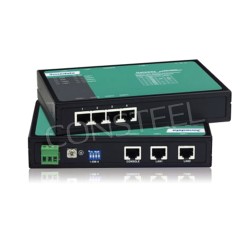
-250x250.jpg)
